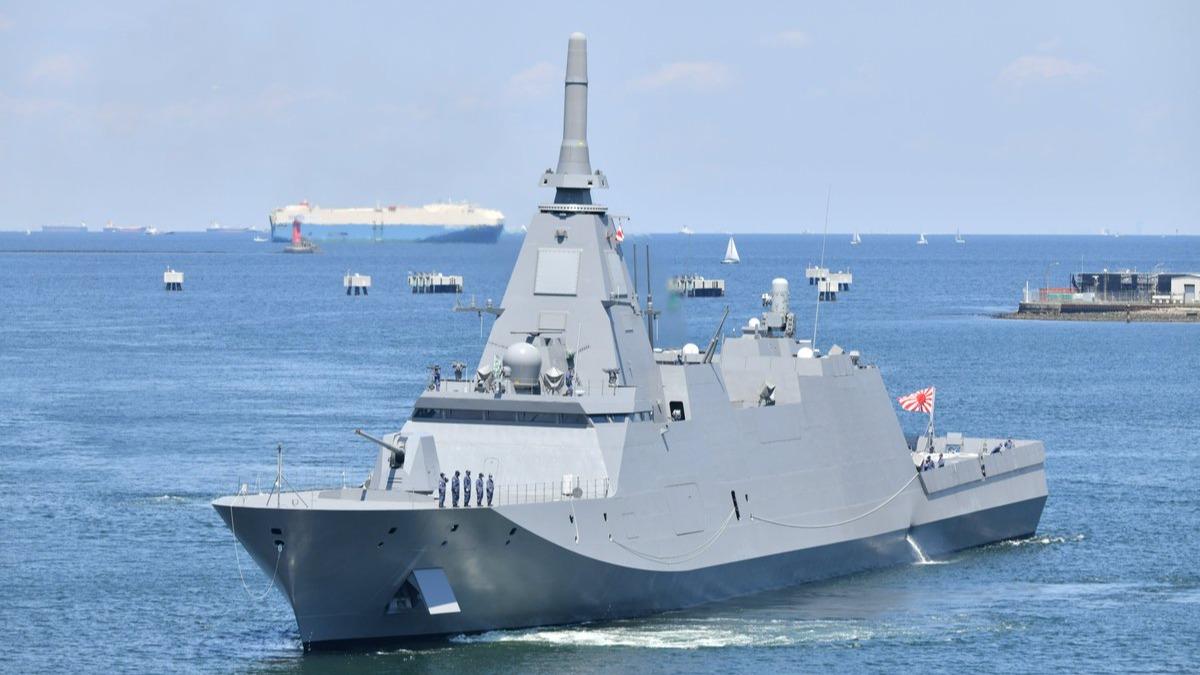Does a new line in Henderson actually make sense? 5 years and likely $$$$ more when we could 'potentially' continue to take the 3rd ship from MHI on a yearly basis?
I'm not saying no, but does the CoA actually have a long term strategic shipbuilding plan they are working against or is this more about votes and not to be seen as favouring SA over WA etc (and vice versa)?
I'm all for a continuous build to provide certainty and maintain a precious sovereign industrial capacity, but is there an actual plan here?
We've got competing priorities, competing industry/ employers and a limited skilled workforce. It should all make sense if we're working towards a strategic plan, but is there actually one in existence? Excuse my ignorance (if there actually is one) but I'm not sure there is, bar lots of politicians issuing press releases and thinking only in the context of winning the next election.
Why set up an additional and specialised line if Austral Henderson may be good doing what they are already doing (civilian and smaller work) and the more specialised workforce is elsewhere)?
Again, is there a plan where it has all been thought through. If so I will go quiet but from when I last checked it seemed to be more kneejerk than that.
But again I may be wrong and blindly adopting my confirmation bias that all very few government decisions are made in the long term interest of the country vs the political interest of the minister or party in power.
Australia has a shortage of technical people, not just engineers, but technically competent professionals across multiple specialities. We do not currently have enough technically competent people to fill the project management and contract management roles that require technical competence and literacy.
End result, delays, waste, and failure. Capability is impacted, even lost, and productivity declines.
It's not just defence, look at all our major infrastructure projects, look at housing developments that are build before the required infrastructure is in place. Blind Freddy can see decision makers are making short sighted, piecemeal decisions without any holistic view supported by know-how and technical competence.
It is no coincidence that this is happening now, a decade or so after the automotive industry was killed, after we outsourced manufacturing and innovation to China and other places, after we let, yet another shipbuilding black hole kill sovereign capability.
It takes two decades to grow an experienced, competent technical professional, three to grow a technical leader. When you don't have ongoing work growing these people, you don't have these people.
When you don't have these people you don't have a pool to select your senior project directors, contract managers, and capability managers from. You don't have people who can competently draft requirements, conduct T&E, certify or manage acquisitions, irrespective of where the item is built.
If we don't grow our technical professionalism, we will not even have the capability to workout what to buy.
Then there's the capability side.
Project management and acquisition side, the RANs three Navantia programs couldn't be more different.
The AORs were on time and budget, a shining example of a clean, simple acquisition of a MOTS solution. The LHDs had some issues but still performed better than the destroyer build, with most of the work done in Spain. Then the DDGs, well we have all heard about the delays and issues there.
Just look at the AORs, now, they were completely outsourced and have many more severe issues than the LHDs that were partially outsourced, which in turn have far more issues than the much more complex DDGs that had the highest level of local input. All from the same designer, three very different results.
The DDGs are available and doing what we built them to do, the only issue they have is they are too small and we didn't build enough of them.
The LHDs deliver a very useful capability, when they are not suffering from design and build issues.
The AORs are not delivering the capability they were procured to deliver.
It's not as simple as "local build good", "overseas build bad", it's more a case of workforce experience, depth and range.
There are good people coming up, but if they don't have suitable projects to cut their teeth on.
In the new year I have to deal with an issue with a woefully inadequate project director. They are in one of the senior roles of a critical project and simply do not have the experience or background to do their job properly. The thing is, they are what we have, and until we can grow and develop better people, they are all we have. Why, because we failed to train the next generation of technical leaders and gave all the pivotal roles to non technical, non operator, dunces with MBAs.
The answer isn't sending work overseas, it's bringing it back in, it's growing the technical workforce, and more importantly, bringing the grey hairs out of retirement (Spoz) to coach and mentor them.



